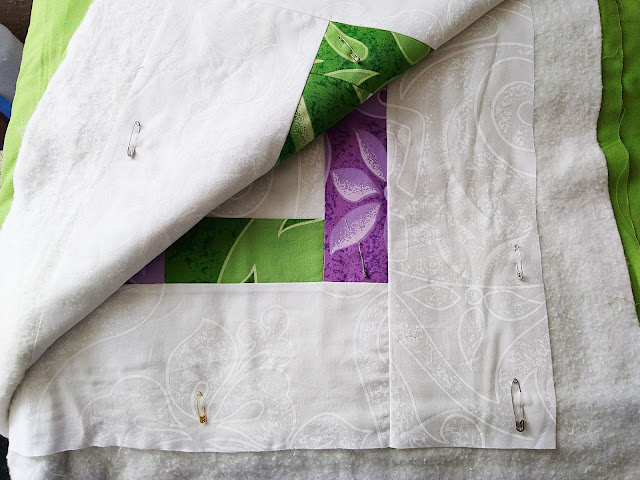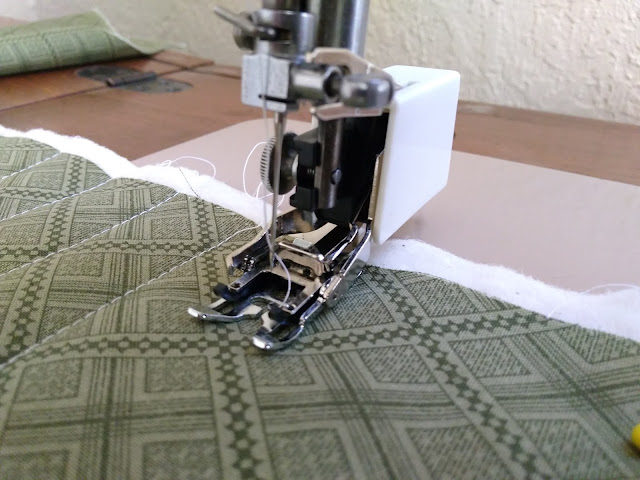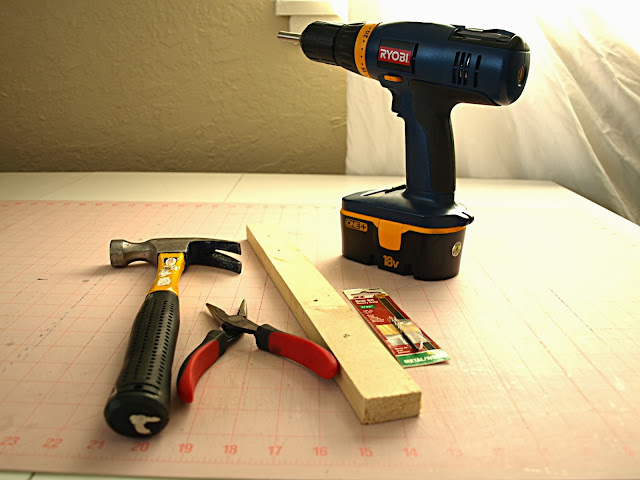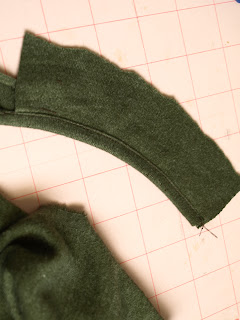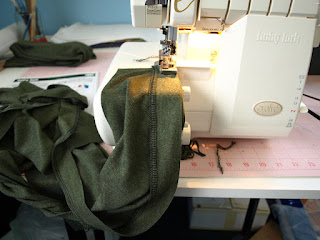
I sold my hemstitcher. It took almost a year once I decided it was time. I was not getting enough work to justify the space anymore. At the same time, I wasn't enjoying the work that I did get because I just didn't have the energy. I did love this machine and it was very difficult to let it go. Luckily, I think the person who bought this was very excited and happy about acquiring the machine.
Over the years, I have received a lot of questions about this machine. My
previous blog entry on this machine is one of my most popular entries. I was supposed to get notifications anytime someone reached out to me through my Contact page. It didn't work and I didn't think to check until recently. So, in one grand finale for the hemstitcher, I'll try to answer those questions.
Repairs
I have a Singer 72W19 and I'm trying to find someone in the southeast that works on them. Do you know of anyone?
I would appreciate knowing the names for the 3 people in Utah that service Hemstitching machines. I have a hemstitching machine that I inherited from my husbands grandmother. It is a model No. 72w19 fitted with a motor. I think the timing is out as it doesn't seem to do what it's supposed to. Could you tell me who in Utah works on these old machines and how I can get in touch with them.
Could you share the contact info of person that showed you to care and maintain your hemstitcher. I have one but I can't find anyone to help me adjust and maintain the machine. Thank you so much.
The person I found to help me repair my machine many years ago was past retirement. He would be close to 90 years old now, if he is still alive. I'm grateful I found him because he taught me enough that I could adjust the machine myself. It took me calling every sewing machine repair person I could find asking them if they worked on these machines. Most repair people, technicians, or industrial sewing machine mechanics do not really know how to adjust these machines. Some will say they will try, but that always made me nervous. Incorrectly adjusted machines could cause damage to the machine. The timing on the machine has a lot of variables and each component has to be adjusted in order for it to work.
That said, I only know of one place that MIGHT work on these.
Daines sold new versions of the hemstitcher. But, I will warn you that they may decline or charge you a lot of money. Your best bet is to get a copy of the manual and learn to adjust the machine yourself.
I recommend purchasing the manual and parts list. I believe I bought my copies on ebay or some other site that sold old manuals. Well worth the investment!
Specific Repairs
I cannot figure out how to replace my needle that broke. I can’t seem to fit it into the ‘slot’. Anyone who can walk me through it?!? Please!!
It is hard to provide advice on this because I can't see what you are doing. Perhaps the needle clamp screw needs to be loosened more?
I wanted to verify which screw on the instruction page to turn - is it the "S" screw? A friend said that I could mess up everything if I unscrewed the wrong one, and I am scared to try! I bought this machine a couple of months ago and it runs, but has a broken right needle. Thank you so much!
I'm not sure which screw is the "S" screw. There is a needle clamp screw facing toward the front near the top of the needle in the needle bar. If you could refer to a manual and/or parts list, you will find the correct screw.
That said, you will not mess everything up by loosening a screw. If something came out of adjustment by doing so, you will just have to work to put things back correctly. This is how I learned how to adjust the timing.
I have a Singer 72w19 and need to change the needles. First time for this. When looking at the front of the machine there are 2 sets of needles. Do I use the top set or the bottom set? I'm thinking the bottom set but when I loosen the screw the needle doesn't even budge. Any instruction on this would be appreciated. Thank you, Denise
There is only one set of needles and they look like regular sewing machine needles. Perhaps you are referring to the piercers? A look at the manual/parts list will help you identify what you are looking at.
Hi, I have a Singer 72w 19 hemstitch machine and I am having trouble with the thread breaking. I was stitching on it and suddenly the left needle broke for some unknown reason. I replaced both needles and now I'm having trouble with the thread breaking about every six inches of sewing.
This is a common problem with these machines, especially the left needle thread. I did not completely eliminate the problem with my machine, but I did minimize it. First, make sure the needles are entering the fabric correctly. Very minor adjustments there can make a big difference. It is possible the left needle is too close to the piercer and the piercer is cutting the thread. Or the left needle is not rotated to the right position. Next, be sure to oil all the moving parts on the front of the machine where metal touches metal. The needle bars and levers all need to be able to move freely. I would add a drop of oil on each of those parts before sewing. I also had a screw that would work itself loose on one of the levers and cause the needle to move out of adjustment. A drop of
loctite eventually prevented the screw from coming loose from the machine vibration. Finally, use the best polyester thread you can find. In my case, a
Gutermann polyester thread from a cone worked best.
I have seen on our classified ads that there is a hemstitcher head for sale for 500 dollars. I have an old industrial serger in a table that has been converted to house power. Here is my question: Do you think that I could swap out the serger for the hemstitcher?
Most likely no. The table tops are cut specifically for the machine. A hemstitcher will not fit in an industrial serger table. If you had the correct table top and stand, you could move the motor over provided you have the correct wheel size on the motor. Some motors have fly wheels that will cause the machine to run too fast.
Machine Parts
I need a complete needle and piercer holder for my hemstitcher. Do you have any of them? Please let me know what parts you have. Thank you.
Where do you purchase your needles for your hemstitch machine? I have two of them (one 1904 and one 1928), but I need to order needles. Can you help me out? Thank you, Marcia
I recently received a Singer 72-19 and need resources for supplies and how to use it. Suggestions? I live in Sandy, Utah
You can buy needles from an industrial sewing machine supply.
Daines had needles at one time, but they charge a lot for shipping (it's not something they normally do and they don't really like to do it). For piercers, I ended up using google to find a source from China. Some industrial supplies or hardware store will have some of the screws. All other parts would have to come from a parts machine.
Machine Value
I have inherited Singer 72w-19 Hemsticher, W522308. I think it is from 1920. It has lots of needles and misc attachments. I am wondering if there is a market for it. it comes with a table. I would appreciate any info on it. Thank You. Jenny
Yes, there is some value if the machine is in good working order and comes with a table and motor. I have read there are attachments available for the machine, but I have never seen them. A good machine will go for a few thousand dollars, but I can't put an exact value on one. I was pretty firm on the price I asked for my machine and eventually got what I wanted. It did take me a while to sell it though
Machine Operation
How can I make the hemstitch go faster it is so slow thanks Linda Farnsworth.
It may seem as though the machine is too slow. Each rotation requires
several things happening at once. First the pre-punch piercer punches
the fabric and the fabric moves forward. The main piercer then enters
the pre-punched hole along with the needles. The needles enter the same
hole about three times. This process is longer than a regular sewing
machine. Speeding up the machine with a different size pulley increases
the likelihood of parts hitting each other or the throat plate and
throwing everything off. It is essential the machine run slower because
that is how it is designed.
Yahoo Group
Did you run the hemstitch Yahoo group? I hadn't checked on my groups lately and discovered it's gone...darn! I will admit to googling Esther + hemstitch machine and finding your lovely blog..... So even if you aren't the same Esther, I'm glad I found your blog anyway!
Yes, I ran a Yahoo Group for Hemstitchers for a while. At least a couple of years. It received almost no traffic and I just didn't have the time to continue it. I did ask for volunteers to take it over before shutting it down, but no one seemed interested. It's a bit of a moot point now since Yahoo Groups are dying and Yahoo has done nothing to update or improve the Group software in over 10 years. I think Yahoo Groups will eventually be shut down.


